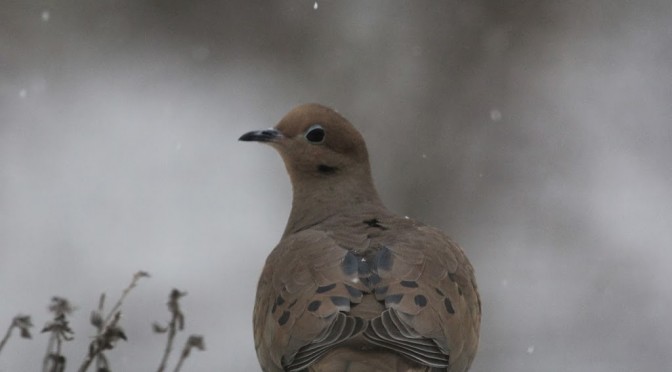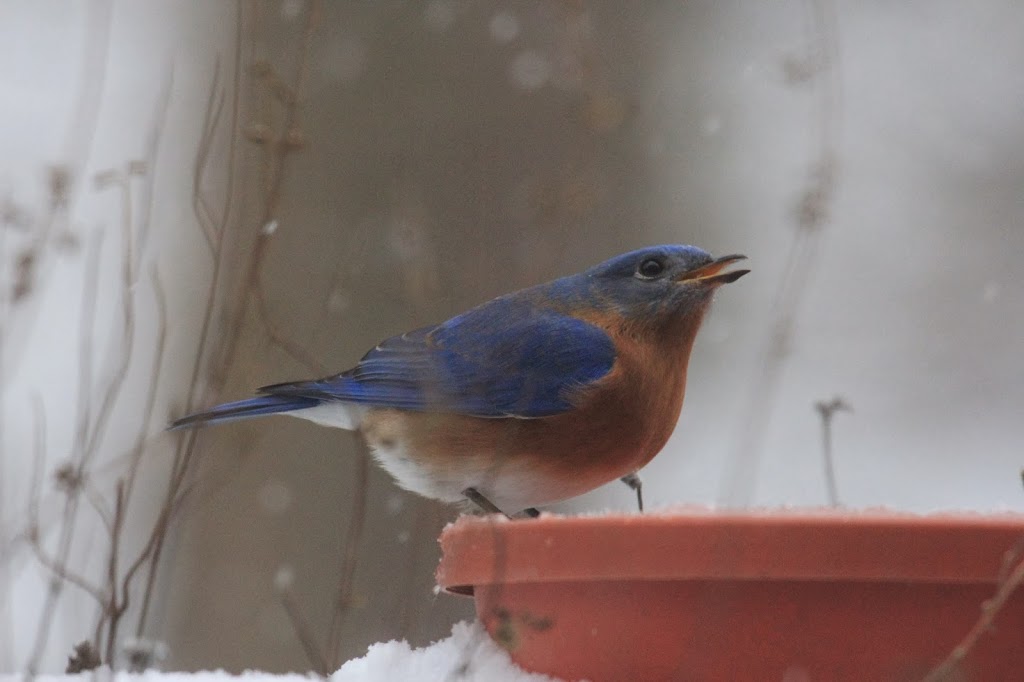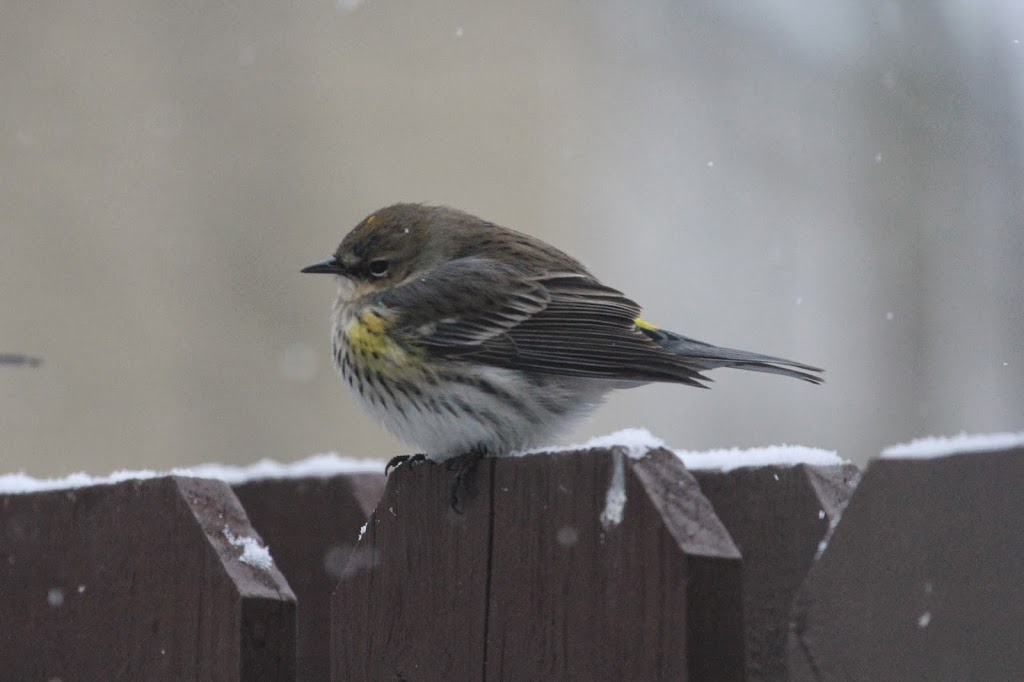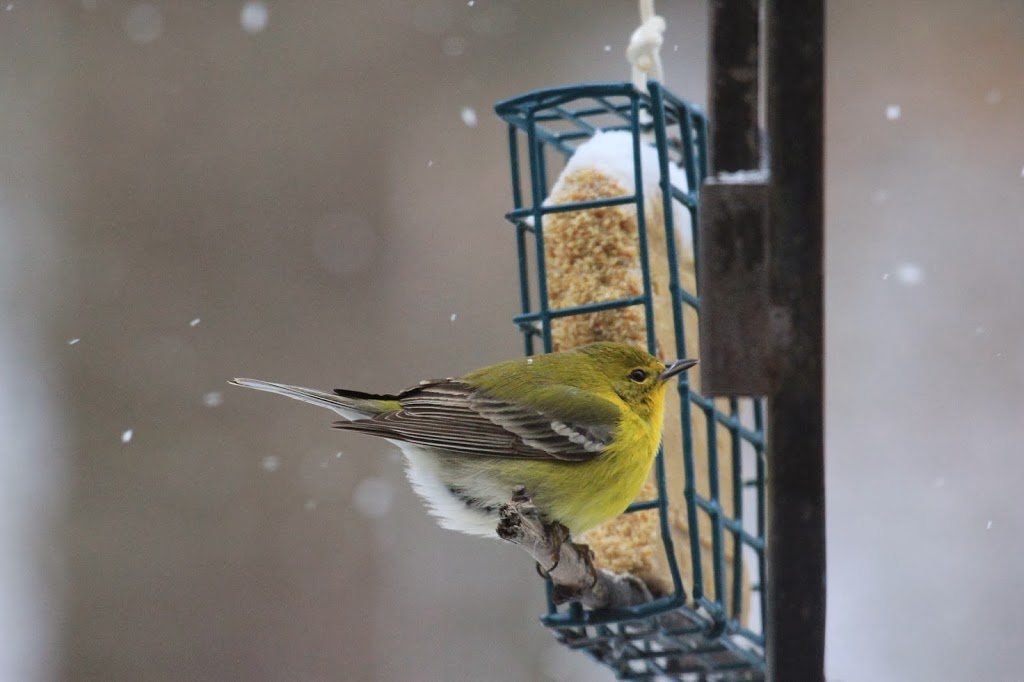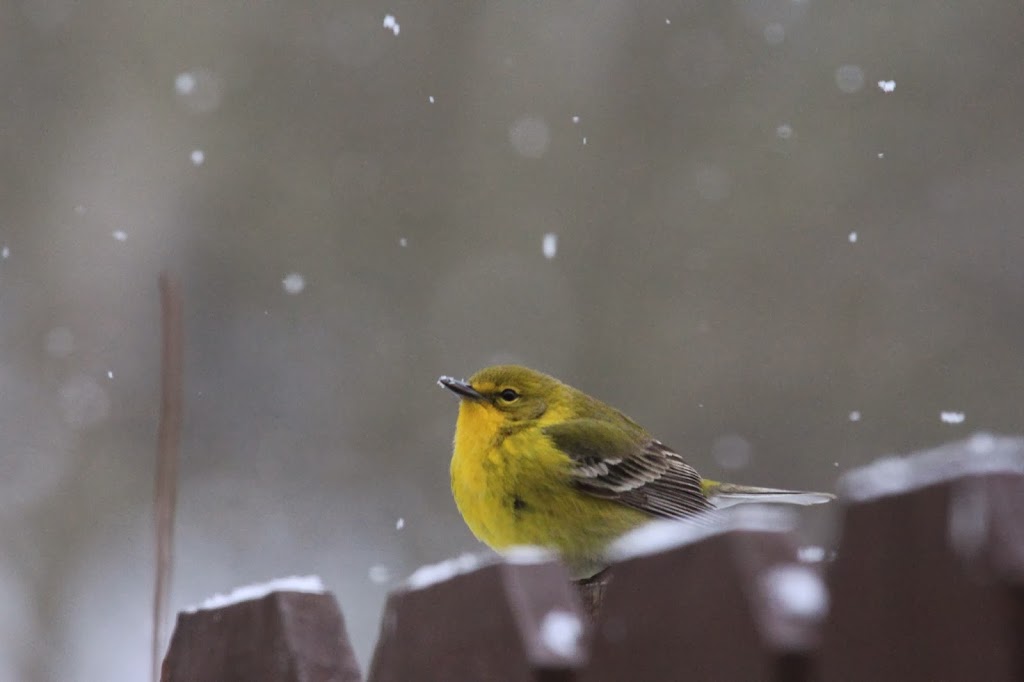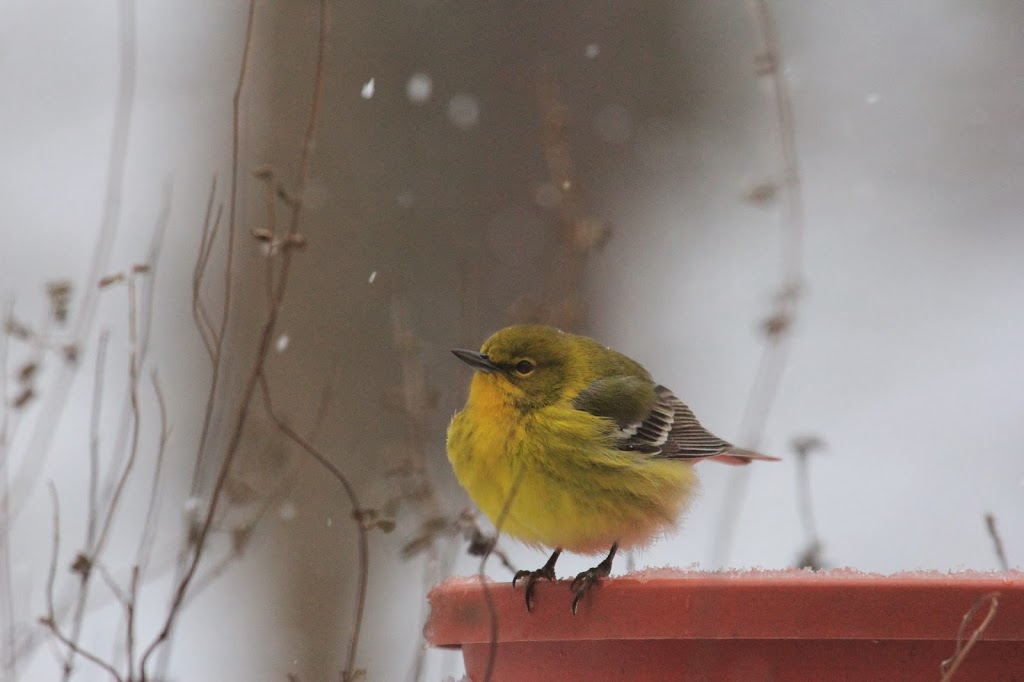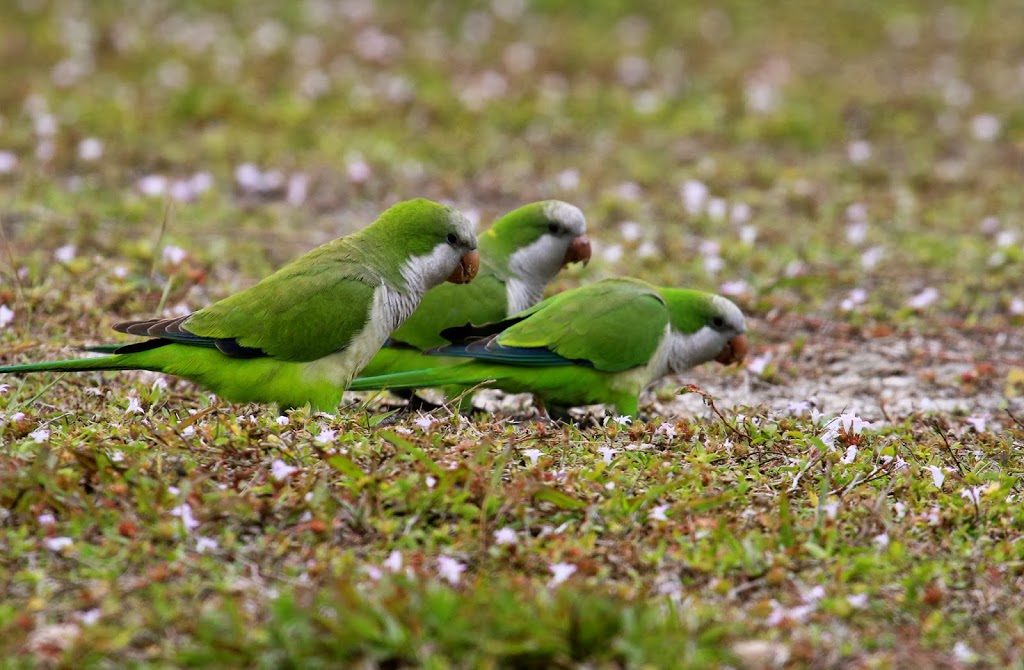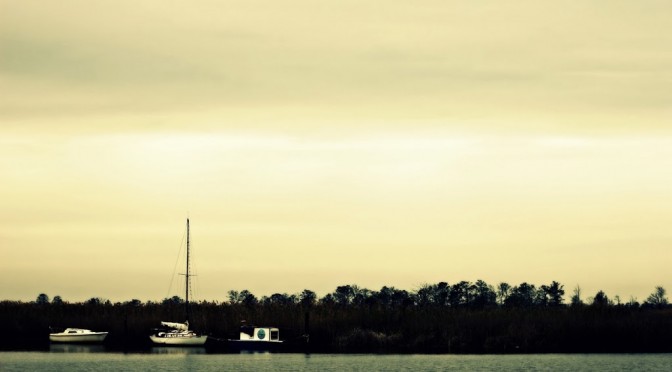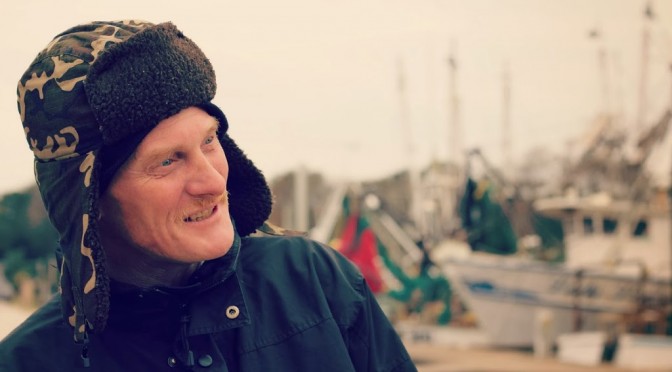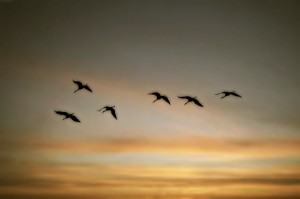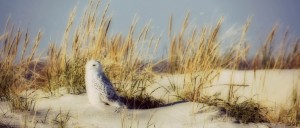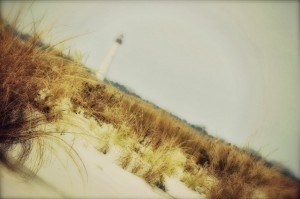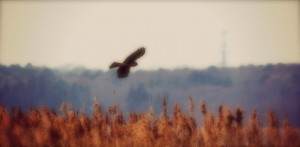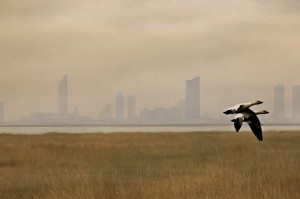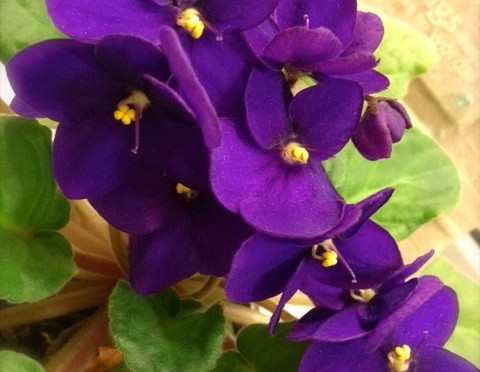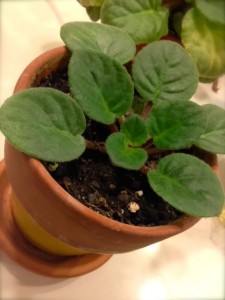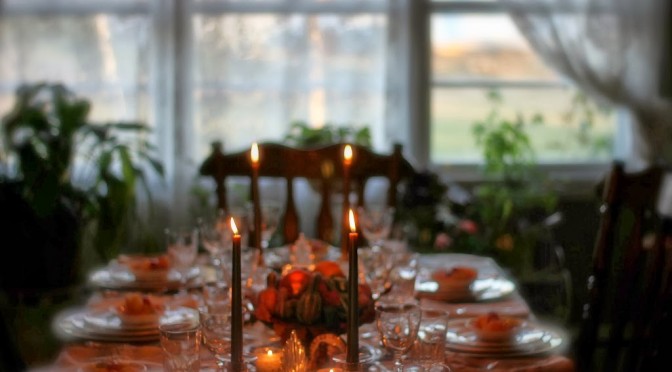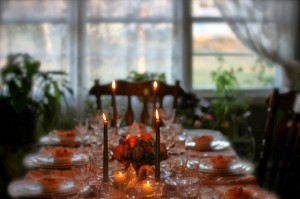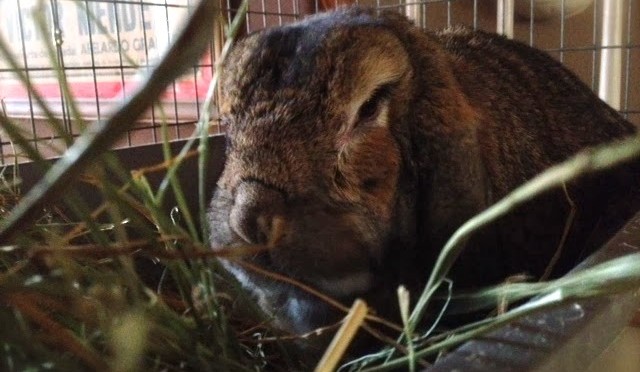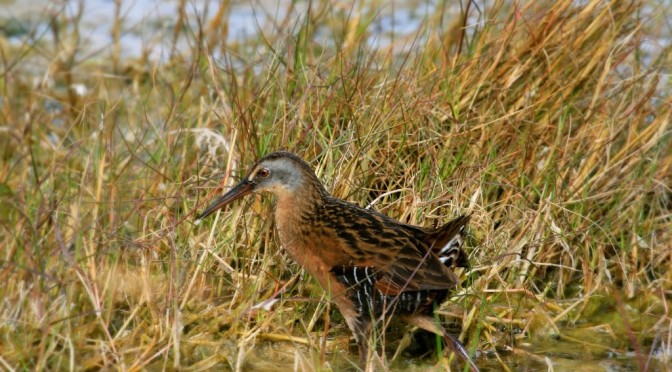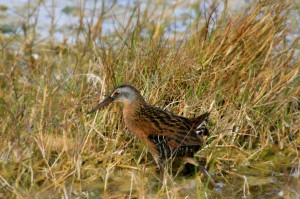So, the other day at St. Marks NWR, I took the not-awful photo of a rail you see above.
Do you think I know what kind of rail it is?
Do you?
Considering that I’m sitting here surrounded by every single field guide I own, don’t you think I ought to be able to figure it out?!?
I can at least narrow it down, I think, but beyond that I get confused in a mess of details that I can’t decipher. The Peterson’s makes me certain it’s a Virginia; the National Geographic Guide convinces me it’s a Clapper of the Gulf Coast race scottii because of the rich cinnamon underparts; Sibley contradicts this by saying it’s the Virginia that’s bright reddish below and the Gulf Coast Clapper whose breast and foreneck are a drab gray. Crossley shows me a bunch of pretty photos, any one of which I can convince myself is this bird, and suggests that size and habitat are the only effective means of telling one from the others. The Stokes suggest King.
What the heck!
I get similarly paralyzed by certain gulls, sparrows and peeps. For a long time, I couldn’t stand terns and many shorebirds; I just couldn’t “get” what everybody else was able to see so easily.
All you snarky birders who admonish newbies to “buy a field guide and use it” simply don’t understand people like me. I’m often amazed by birding buddies who can rattle off the field marks of random birds, at will. I can not do that, ever. Even the most familiar of birds stymies any effort on my part to describe it beyond broad strokes of color and relative shape. Sometimes, I think that I see birds the way that Charley Harper paints them.
Thinking about this, coupled with the recent popularity of left-brain vs. right-brain quizzes on FB (I scored a ridiculous 87% in favor of right-brained thinking) made me wonder if this might explain the confusion and mystery I feel about IDing birds by field marks. It turns out that I’m not the only person this idea has occurred to. I was glad to find this article, published a while back on the ABA blog, which makes the argument for left-brained and right-brained birders. While the author was speaking in a different context (left-brained birders being the “listers” and right-brained birders being the “watchers”) I think his distinction between the two can just as easily be extrapolated to explain why field guides are not equally useful for all birders, and maybe, especially, not for all beginners. Maybe.
When I was a beginner, I couldn’t tell a tern from a gull, never mind which tern or what gull. What changed that for me was not having field guides thrust in my face over and over by helpful birders. It was the most patient teacher of all: time. Summer after summer spent at the beach and endless hours “wasted” enjoying terns just going about their lives at the ocean’s edge taught me how to distinguish them from the other birds that make the shore their home. Summers spent watching over Least Tern colonies taught me to distinguish them from the others of their kind. Nowadays, I can know a Least Tern from a Common simply by the level of its shrieking and the speed of its shadow as it passes overhead. Knowing Leasts this well makes the others easy, because it provides a starting point from which to distinguish them from the others. But ask me what color a Least’s legs are and you’ll draw a blank stare in reply.
I think the difficulty with many of the “hard” birds is that we simply don’t see them often enough to really experience them. Or in the case of gulls, I simply don’t care enough, yet, to learn them apart.
: )
When Jay and I lead beginning bird walks together, he often tells the story of his birding mentor and how she was so patient with him in learning the varied calls of the Carolina Wren. No matter how many times he asked, she replied patiently, “That’s a Carolina Wren!” A field guide in his face would have done little good; a patient teacher and experience are what counts. (I still have to do this for him with Catbirds!)
So… back to my questionable rail. I have probably half a dozen photos of vaguely similar birds that I’ve taken over the years. I’ve never correctly ID’d any of them, and that frustrates me, but I like to think that I’m gathering experience with these elusive birds and one day soon, I’ll “get” them and be able to review those old photos and know, finally, what I’m seeing.
Or maybe somebody out there will tell me…

